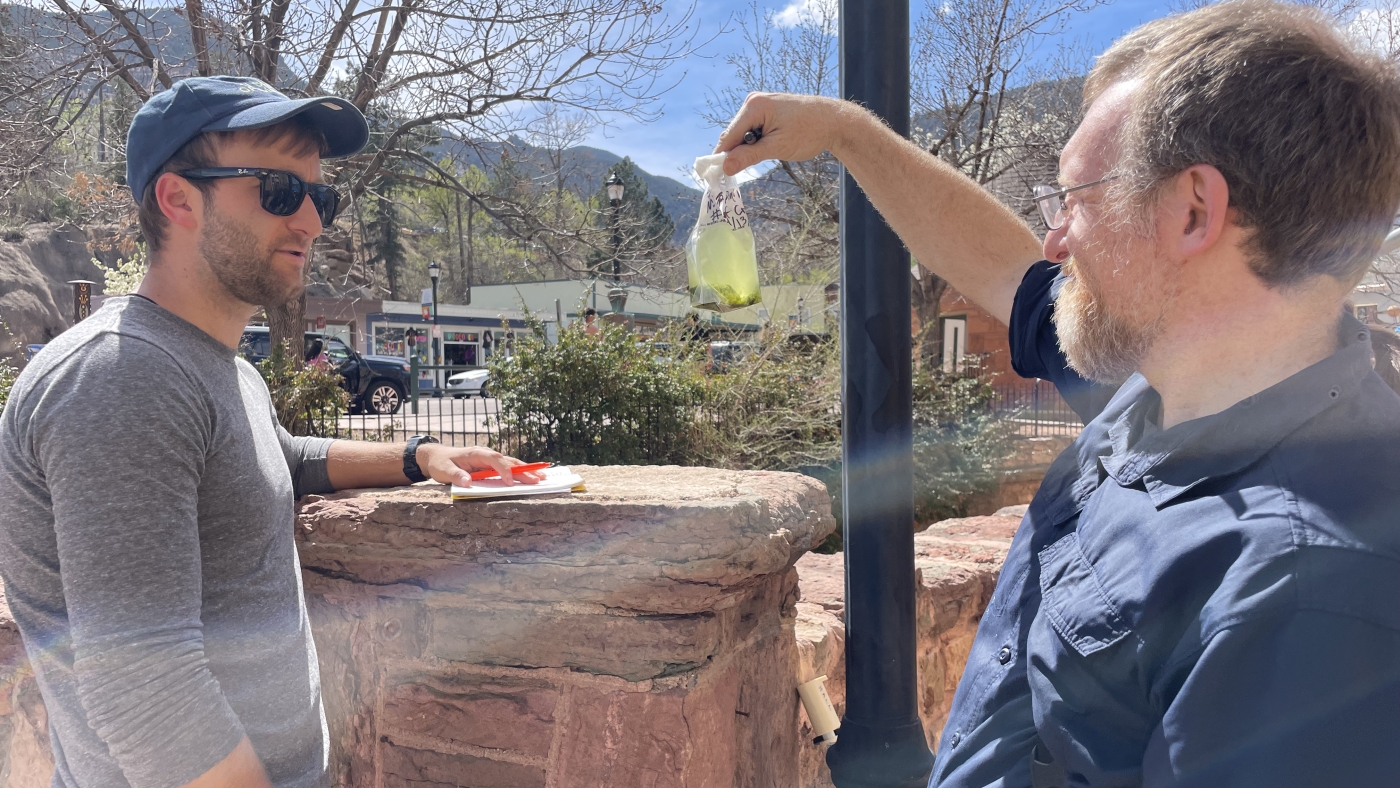Unlocking the Planet-Saving Potential of Household and Environmental Sludge
Across a range of recent scientific investigations, sludge—often seen as a pesky byproduct clogging our homes, farms, and cities—is emerging as an unlikely environmental hero. The microbial-rich material found in everything from household dishwasher slime to treated sewage shows remarkable promise not only in remediating pollution but in transforming waste into valuable resources, potentially helping to address some of Earth’s most pressing environmental challenges. This report dives into the groundbreaking research and discoveries surrounding sludge’s hidden potential, while also addressing the environmental complexities and controversies linked to its use.
Microbial Marvels: Tiny Creatures with Huge Environmental Impact
Scientists are increasingly fascinated by the diverse communities of microbes inhabiting sludge in common household niches. Initiatives like the Two Frontiers Project have mobilized citizens to report unusual microbial growth in their homes, aiming to sequence the DNA of these tiny organisms. Researchers have found certain microbes adept at rapidly consuming carbon dioxide, effectively acting as biological carbon sinks. One such microbial strain, nicknamed “Chonkus,” grows quickly and sinks carbon deep, removing it from the atmosphere more effectively than previously known organisms.
Moreover, research teams have uncovered bacteria dwelling in sludge that can metabolize plastic waste completely. This plastic-eating capacity offers hope for curbing the ever-growing plastic pollution crisis by complementing recycling efforts and reducing environmental microplastics.
From Waste to Wealth: Transformative Technologies in Sludge Treatment
Beyond exploring microbial biodiversity, scientists are innovating methods to repurpose sewage sludge, shifting perspectives from sludge as mere waste to a valuable resource. Notable advances include:
– Sludge-to-Food-to-Fuel Pathways: Researchers at Nanyang Technological University in Singapore have developed processes that convert sewage sludge through intermediate stages into green fuels. This closed-loop approach aligns with circular economy principles, reducing dependency on fossil fuels while managing urban waste.
– Green Hydrogen Production: Urbanization and industrial growth are increasing sludge quantities, but new technologies enable extraction of green hydrogen and other bioresources from sludge, turning cities into hubs of sustainable energy generation.
– Sewage Sludge Treatment Reed Beds (STRBs): These natural systems are showing exceptional effectiveness in cutting toxic sludge volumes by up to 98%. STRBs also promote biodiversity and carbon sequestration, highlighting nature-based solutions for wastewater management.
Environmental Concerns: The Dark Side of Sludge Use
While sludge’s positive potential is enormous, environmental risks and controversies also merit scrutiny. One significant concern is microplastic contamination: a decades-long United Kingdom study found that farmland treated with sludge fertilizers saw a staggering increase of up to 1,450% in microplastic concentrations. Such pollution threatens soil health and groundwater quality, posing risks to ecosystems and human well-being.
Additionally, cases like New York’s “Sludge Wars” illustrate conflicts around biosolid spreading practices. Local communities report rising levels of toxic chemicals like PFAS (per- and polyfluoroalkyl substances) in groundwater linked to sludge fertilizers, leading to distrust and regulatory challenges. These issues underline the need for careful monitoring, improved treatment, and transparent policies to ensure sludge use is safe and sustainable.
The Road Ahead: Leveraging Sludge for a Greener Future
Research is syncing with socio-environmental realities to chart a hopeful future where sludge’s dual identity as waste and resource is properly balanced. Emerging approaches include:
– Harnessing microbial communities for carbon capture inside ordinary homes, turning everyday surfaces into active participants in reducing greenhouse gases.
– Innovating solar-powered conversion techniques that transform sewage sludge into clean energy and nutrient-rich fertilizers, dovetailing with sustainable urban development.
– Encouraging widespread public engagement and reporting to uncover novel microbes, accelerating bio-discovery and technological applications.
– Strengthening regulatory frameworks to mitigate microplastic and chemical contamination risks, preserving ecosystem health while utilizing sludge benefits.
Conclusion: A Sludge-Fueled Revolution in Environmental Science
Sludge, long relegated to the status of unwanted residue, is now being recognized as a trove of biological and technological possibilities capable of advancing climate action, waste management, and circular economy goals. From the quirky slime in your dishwasher to sprawling urban sewage systems, these complex ecosystems and their microbial inhabitants offer innovative pathways to combat carbon emissions, tackle plastic pollution, and generate green energy.
However, harnessing these benefits requires a nuanced approach that acknowledges and manages environmental risks. As research continues to unlock the secrets held within sludge, it is poised to reshape how society views waste—not as a problem, but as a cornerstone of environmental solutions. This transformative vision could redefine humanity’s relationship with nature’s smallest creatures and the very substances we often overlook in our daily lives.


